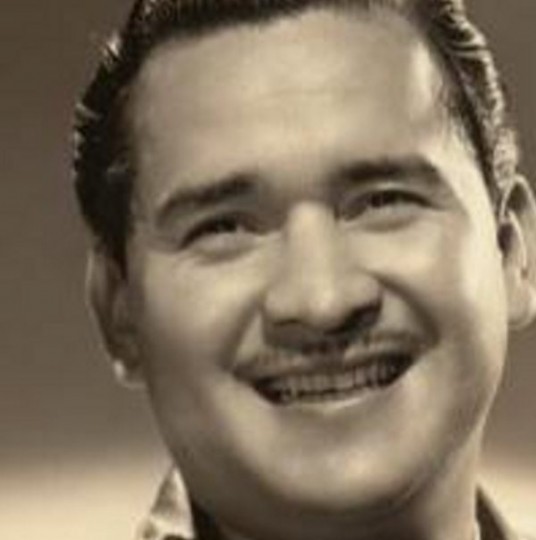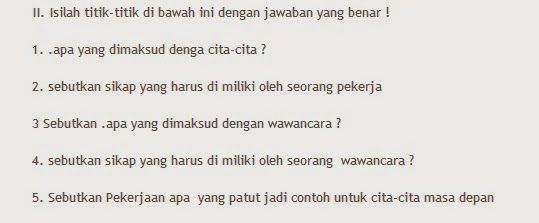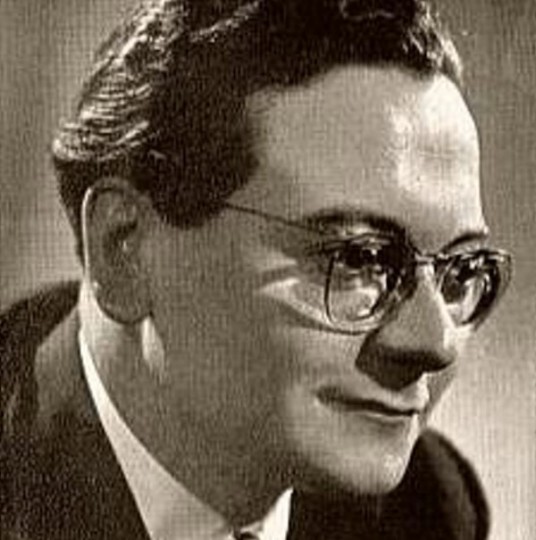


He frequently performed at the Stardust casino lounge circa 1964. He performed in Las Vegas on several occasions, often as the opening act for Frank Sinatra. His concerts featured elaborate light shows years before such effects became popular in live music.
Juan arvizu discography tv#
He was commissioned to compose the music of a Mexican children's TV show Odisea Burbujas.

He arranged many traditional Mexican songs like " Bésame Mucho", " La Bamba", " El Manisero" (Cuban/Mexican) and " La Bikina" covered Brazilian songs like " Aquarela do Brasil" (also known simply as "Brazil") by Ary Barroso, " Surfboard" and " Agua de Beber" by Tom Jobim, and composed spicy lounge-like novelties such as "Mini Skirt", "Yeyo", "Latin-Esque", "Mucha Muchacha" and "Whatchamacallit". That album's song "Mucha Muchacha" makes unusual use of stereo separation, with the chorus and brass rapidly alternating in the left and right audio channels. Vocal groups were often utilized to sing only nonsense syllables, most famously "zu-zu" and "pow!" A survey of Esquivel's recordings reveals a fondness for glissando, sometimes on a half-valved trumpet, sometimes on a kettle drum, but most frequently on pitched percussion instruments and steel guitars.Įsquivel's use of stereo recording was notable, and he occasionally employed two bands recording simultaneously in separate studios, such as on his album Latin-Esque (1962). His orchestration employed novel instrumental combinations, such as Chinese bells, mariachi bands, whistling, and numerous percussion instruments, blended with orchestra, mixed chorus, and his own heavily ornamented piano style. He used many jazz-like elements however, other than his piano solos, there is no improvisation, and the works are meticulously arranged by Esquivel himself, who considered himself a perfectionist as a composer, performer, and recording artist. These included exotic percussion, wordless vocals, virtuoso piano runs, and exaggerated dynamic shifts. Esquivel's musical style was highly idiosyncratic, and although elements sound like his contemporaries, many stylistic traits distinguished his music and made it instantly recognizable. Music Įsquivel played a style of late 1950s-early 1960s quirky instrumental pop known today as lounge music. They have also stated that Esquivel continued to eschew formal musical training as he grew older, preferring to learn from books and by listening to and playing music instead. In interviews, Esquivel's family members have stated that the young boy started playing piano when he was around 6 years old, to the amazement of older musicians who would gather around him in disbelief and to his own delight exhibiting his musical gifts. He was born in 1918, in Tampico, Tamaulipas, and his family moved to Mexico City in 1928 where he became a self-taught musician from an early age.


 0 kommentar(er)
0 kommentar(er)
